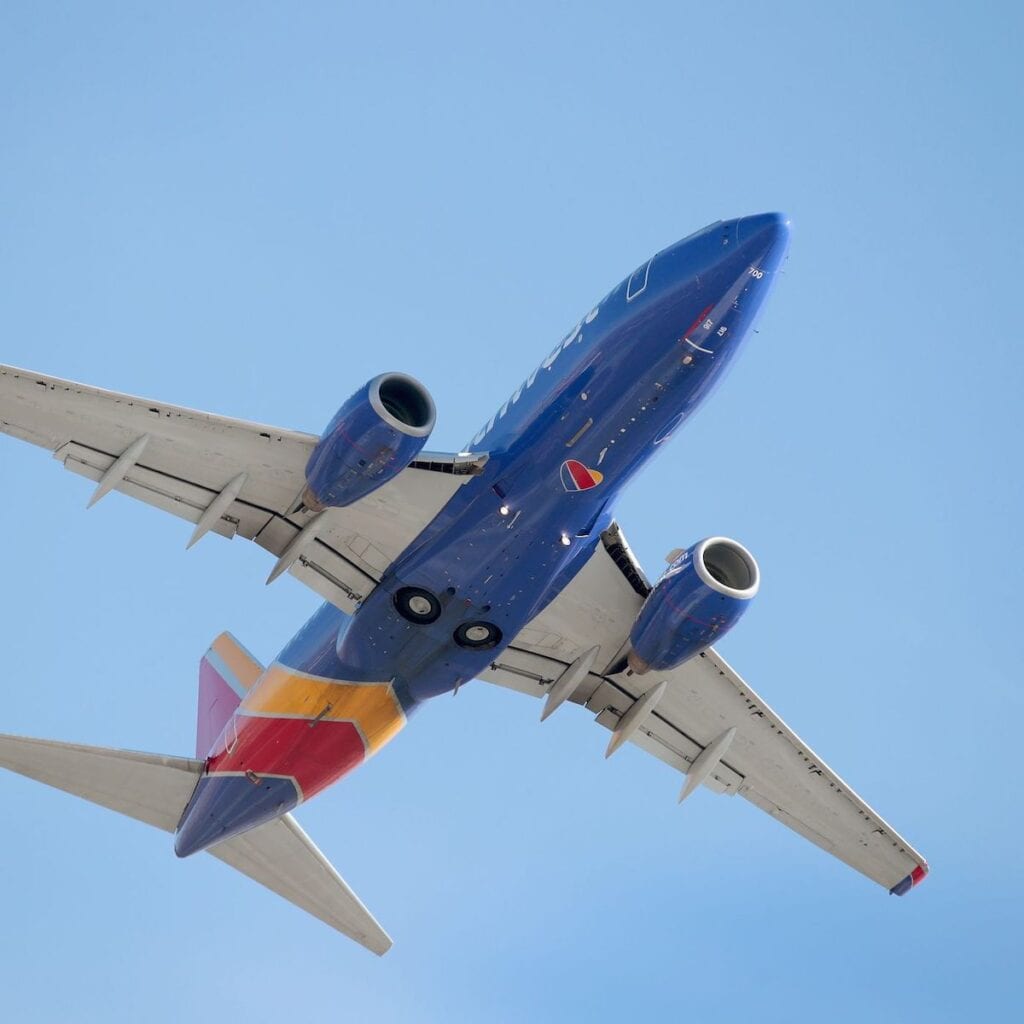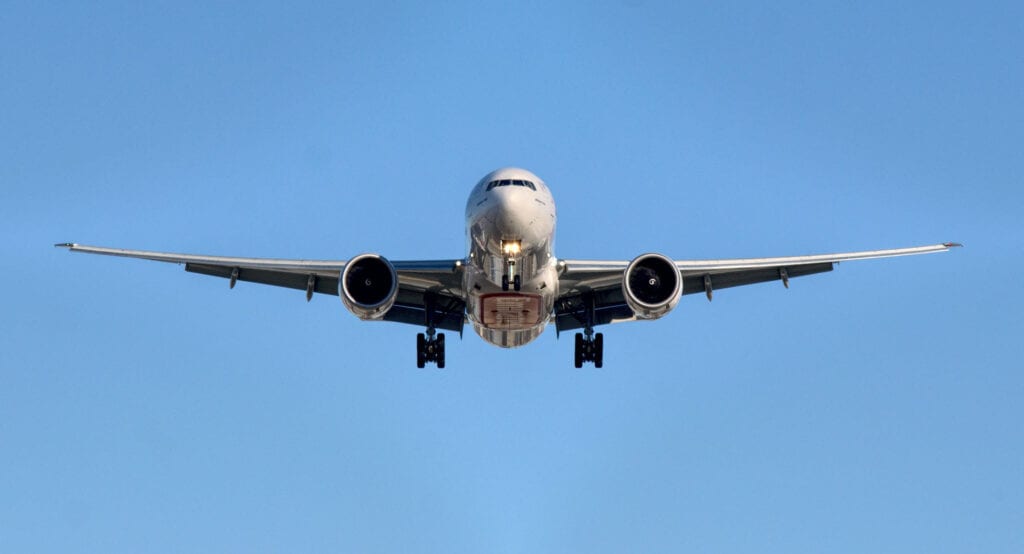
Volaris Airlines: Why’s it got some of the worst flight status delays?
Have you ever wondered what goes on behind the scenes of your favorite airline? Well, if you’re a frequent flyer with Volaris, the Mexican discount carrier, there’s quite a bit to catch up on. From financial highs to the nitty-gritty of aircraft maintenance, Volaris’ recent updates paint a vivid picture of an airline navigating through some turbulent skies. Let’s see the flight status of one of the most widely used airlines in Latin America.

New challenges
2023 has been a mixed bag for Volaris. Despite losing $39 million in the third quarter, the airline showed remarkable resilience. With an operating profit of $39 million, excluding interest and taxes, Volaris witnessed an 11% increase from the previous year. Their revenue growth, jumping to $848 million, was primarily fueled by increased passenger volumes and a spike in ancillary revenue per passenger.
CEO Enrique Beltranena attributes this success to stringent cost control measures, especially in non-fuel expenses. But it’s not all smooth flying; the airline is grappling with engine issues in its fleet.
A significant challenge for Volaris has been the preventive-accelerated inspections of Pratt & Whitney’s GTF engines. These inspections have a widespread impact, affecting up to 73 aircraft in Volaris’ 126-strong Airbus fleet.
As a result, Volaris has been forced to ground several planes, leading to potential disruptions in their flight schedules. The airline, however, is not taking this lying down. They’ve rolled out a mitigation plan that includes extending leases on existing aircraft and looking for alternative solutions to maintain their service levels.

The new numbers
Despite these engine-related setbacks, Volaris’ outlook for the fourth quarter remains cautiously optimistic. The airline expects its capacity to remain flat compared to last year, with operating revenue at the lower end of the forecasted $3.2 billion. As 2024 approaches, Volaris anticipates that the ongoing inspections will continue to impact their capacity deployment, possibly leading to a reduction in their flight offerings.
A silver lining for Volaris has been the Federal Aviation Administration’s (FAA) recent decision to elevate Mexico’s safety status back to Category 1. This change is a significant boost for the airline, which focuses on ‘VFR’ (visiting family and relatives) travel.
With this upgrade, Volaris, along with other Mexican carriers, can now introduce new routes and expand flights between Mexico and the USA. This comes after a lengthy pause due to the FAA’s downgrade of Mexico’s safety rating in 2021.

Border-Hopping Strategies
With the reinstatement of Category 1 status, Volaris is poised to capitalize on new opportunities. Unlike major US airlines, which often target tourist hotspots in Mexico, Volaris’ strategy zeroes in on serving the Mexican diaspora.
Holger Blankenstein, the airline’s EVP of commercial operations, explains that their focus is on connecting central Mexico to Mexican heritage markets in the USA that lack direct service. This approach is paying off, with a projected 19% rise in capacity in international markets, primarily trans-border travel to the USA, in the fourth quarter.
Volaris’ strategy also involves a delicate balance between domestic and international routes. The airline has slightly reduced its domestic flying to bolster its business in the USA. This shift appears to be a smart move, as their capacity between the USA and Central America is expected to surge significantly. Despite not introducing new routes, Volaris is adding capacity to existing markets to meet the high demand.

A Resilient Performance
The airline’s passenger numbers tell a story of resilience and growth. In the third quarter, Volaris carried 8.7 million passengers, marking a 7% increase from the previous year. The surge in international travel, with a 24% increase, underscores the airline’s successful strategic shift. Their total capacity, measured in available seat miles, rose by 8.2% to 10.1 billion.
As Volaris navigates through these challenges and opportunities, it’s clear that the airline is not just about keeping its planes in the sky. It’s about adapting, innovating, and finding new ways to connect people across borders. So, if you’re planning to book a flight with Volaris, are you ready to be part of their evolving journey?







